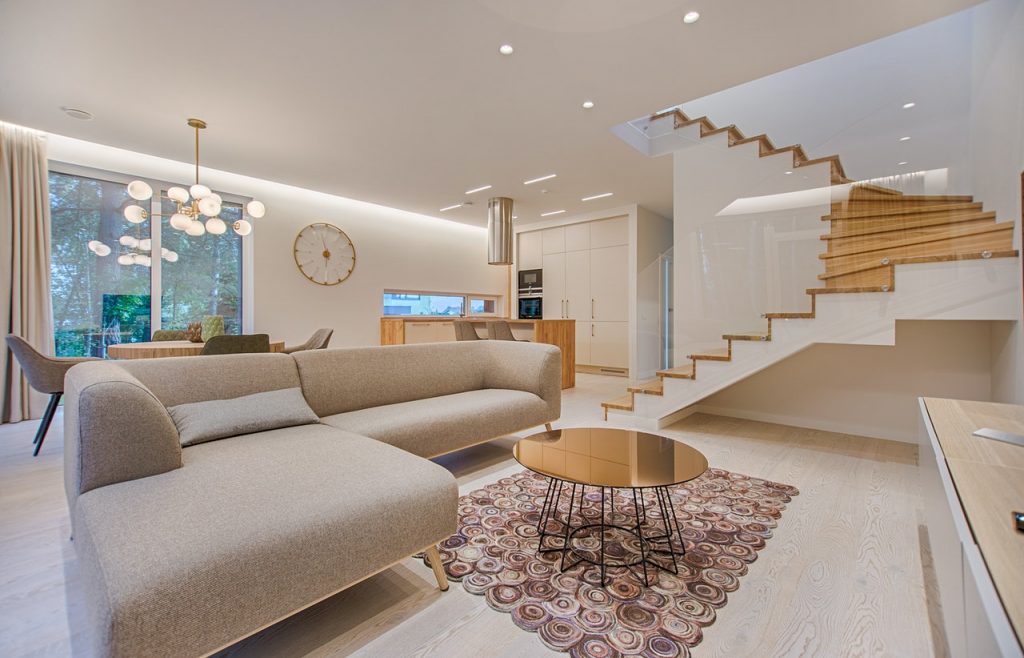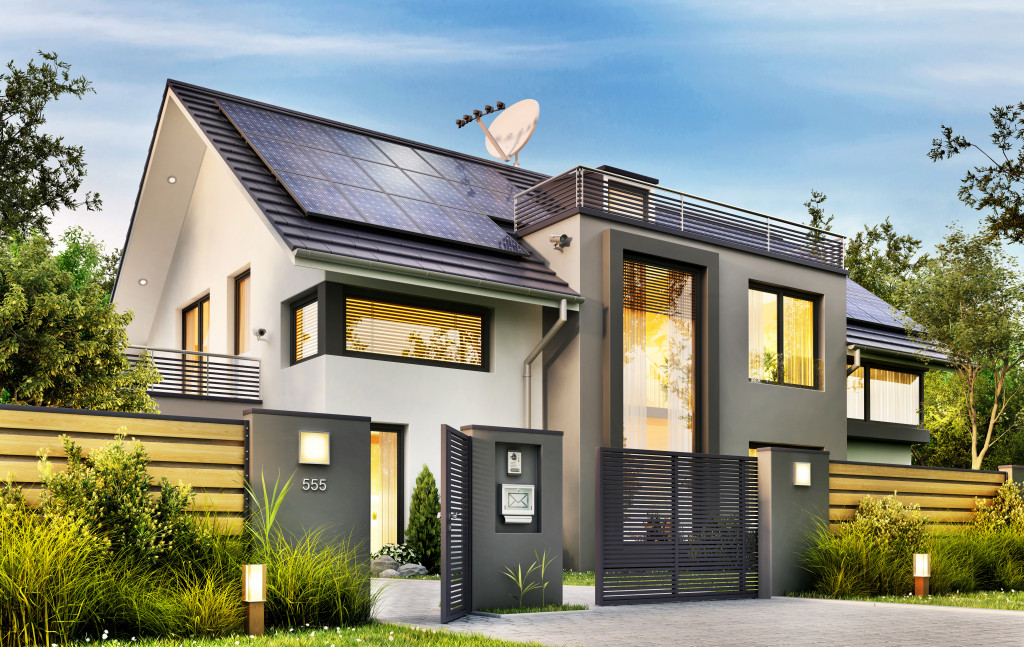While not everyone can afford to build their dream green home, there are ways you can transform your existing house into a more eco-friendly house. The good news is, you can do this even with a limited budget. Here’s how you can start turning your house into a more environment-friendly house.
Go for Sustainable Materials Sourced Locally
Whenever you go replacing old items in your home, make it a point to choose those that have a lesser impact on the environment. For instance, when replacing your floors, choose hardwood flooring solutions. These long-lasting, beautiful, and ageless quality flooring are more eco-friendly than other options.
Hardwood floors can be refinished as they start looking old and sad. This means you don’t necessarily need to replace them just to make them look beautiful again. Since the replacement is not necessary, you get to preserve the beauty of your floors, reduce the need to make another investment, and reduce potential flooring wastes in the future.
When it comes to your insulation, you can go for sustainable insulation materials such as glass wool. This is also known as fiberglass. This is made from recycled materials, does not rot, won’t attract vermins, and is a natural fire retardant.
Sustainable materials are always a better choice when improving your home. These produce far less waste compared to other material types. We get to improve the looks and feel of our home and make it more eco-friendly by investing in more sustainable materials.
Don’t forget that where you buy your materials also matters. Choose local suppliers and businesses when making any sustainable purchase. This will reduce the carbon emissions needed to deliver the materials into your home while supporting local businesses within the community.
Natural Lighting
There is no reason not to leverage sunlight. The fact that it is free and abundant makes it an excellent choice for homeowners. We only need to utilize sunlight more, so we can also reduce our energy bills without sacrificing our comfort.
LED lights are the go-to lighting solution. But sunlight is a useful alternative during the day. So, choose to open your windows, incorporate mirrors, and bask in the sunshine as often as possible.
It also helps that you paint your walls with light colors. This will reflect natural light back in every room. The lesser amount of artificial light needed to light up your home during the day, the more energy savings you can enjoy.
You also have the option to install solar lights in your landscaping. This is a good way to light up your yard without needing to use electricity. Solar lights recharge during the day using the sun’s rays and automatically lights up space after sensing darkness.

Reduce Your Water Consumption
Many people are so careful about how they use electricity to reduce energy consumption. But what many fail to do is to reduce their water usage as well. We need to remember that we are also paying for water and that we should not waste this precious resource.
Aside from minding your water habits, it helps to reduce your water usage by investing in low-flow water fixtures. There are now faucets, toilets, and other plumbing fixtures that are designed to use a lesser amount of water. This way, you can make sure that we get to reduce your water usage and waste.
Instead of using hot water to wash your clothes, choose to do this in a warm or cold cycle. Always run full loads of laundry to efficiently consume water. Use just enough amount of laundry soap and you can skip the extra rinse option in your washing machine.
If you have the extra budget to spare, choose an energy-efficient hot water heater and washing machine. These use significantly less water and electricity. You can even enjoy government rebates and financing for investing in certain energy-efficient upgrades.
If Necessary, Build Vertically
Unknown to many homeowners is that the largest costs of adding extra living space are the roof and foundation. If you have plans to build another building on your property, choose to do it vertically. You only need to make sure that the foundation of the structure is strong enough to carry the weight of the additional floors.
Multiple story buildings need lesser energy to cool or heat the building. By building vertically, you can save in terms of money and energy. IN general, vertical buildings are a better sustainable solution compared to horizontal structures.
Transforming your home into a more sustainable and eco-friendly one is always a better choice. You can enjoy a more improved living space without feeling guilty about the additional impact your project will have on the environment. You can use this list as a guide so you can start turning your home into a more eco-friendly space.






